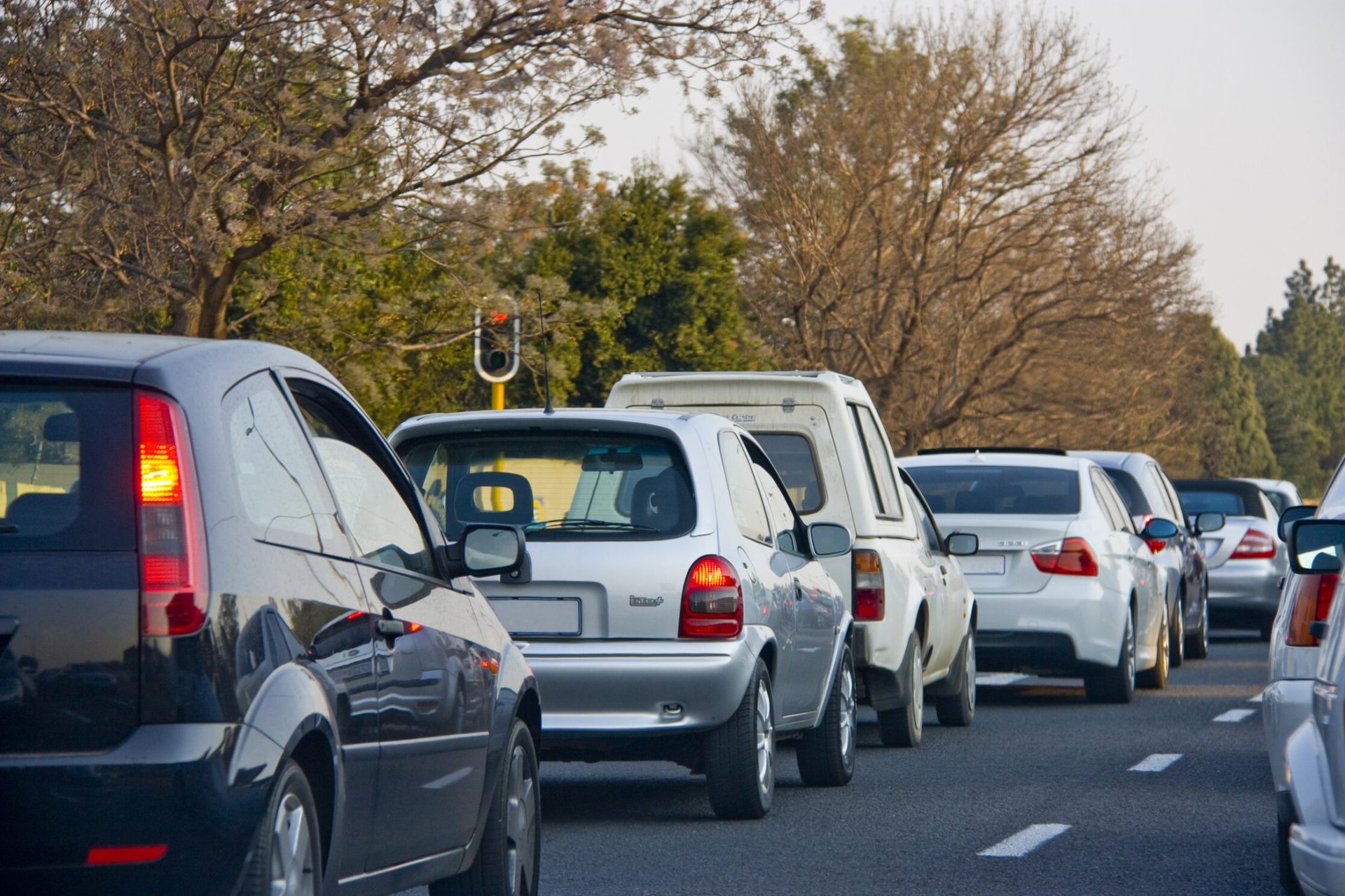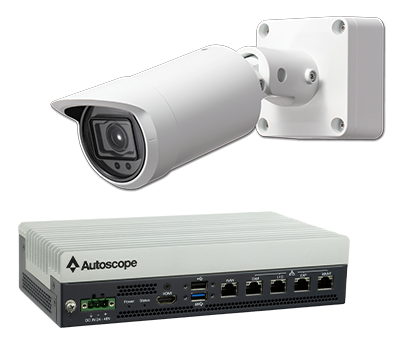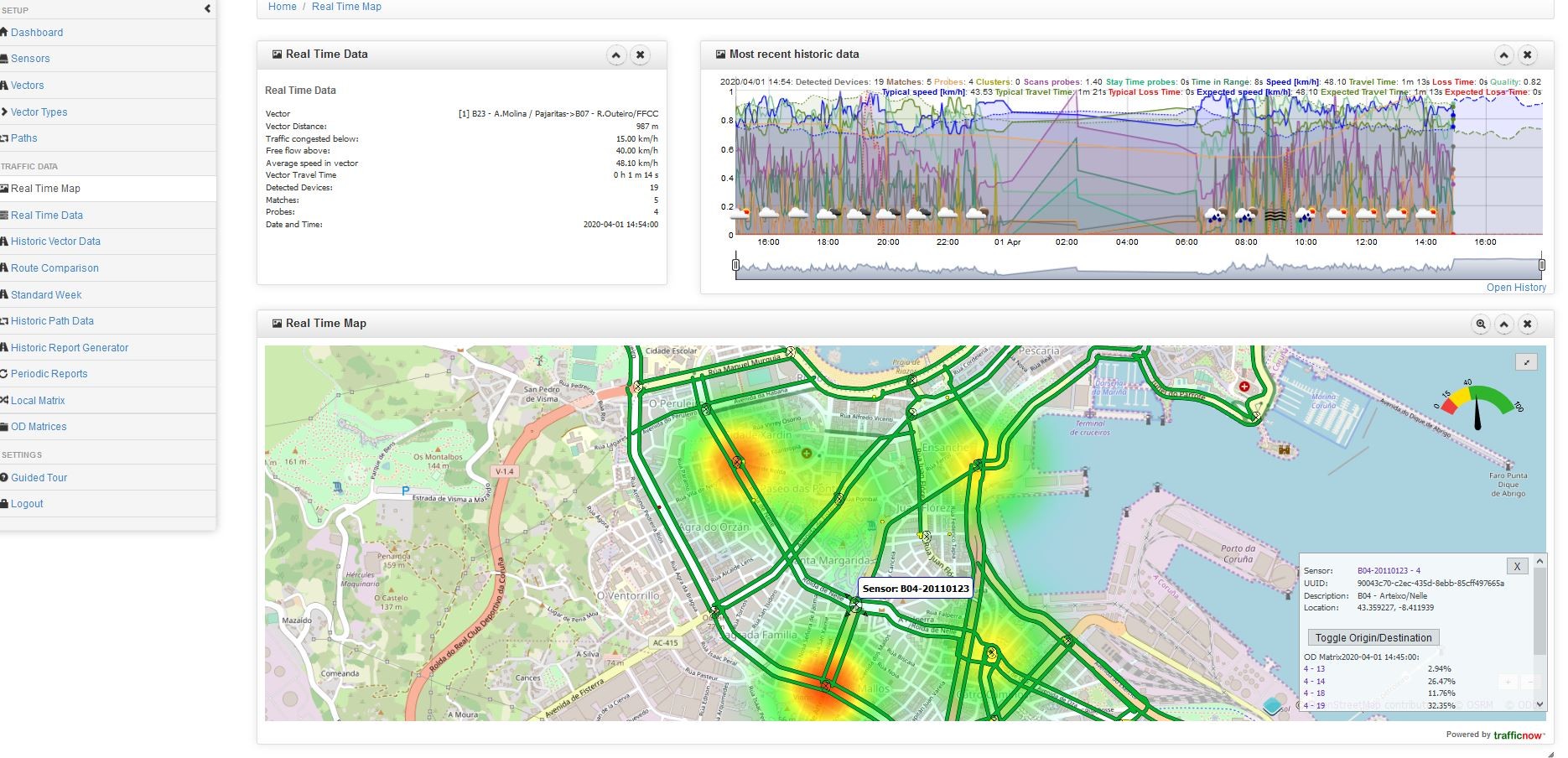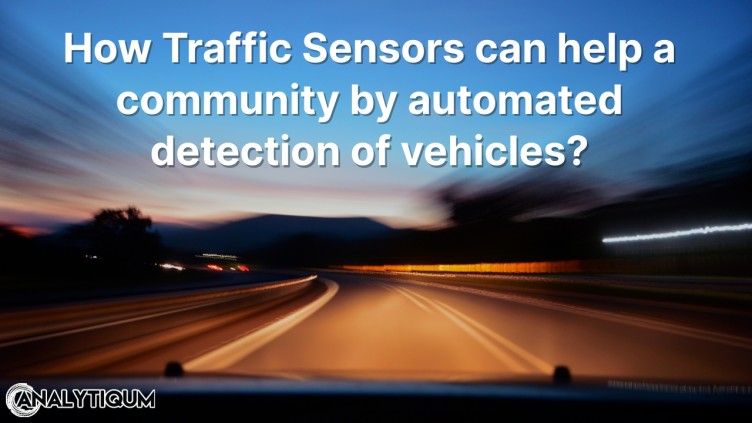How Traffic Sensors can help a community by automated detection of vehicles?
Traffic sensors play an essential role in reducing traffic congestion by providing automated detection of vehicles, and engineers and planners can better manage traffic flow. This can help to improve public safety and make roads more efficient.
In addition, sensors can also provide information on vehicle speed and travel times, which can be used to improve traffic signal timing and routing. Ultimately, traffic sensors can help make a community more livable and efficient.
To know more about how traffic sensors can help a community, read the article below and give your insights about the topic because we value your opinion.
Summary:
Traffic sensors help reduce traffic congestion and improve traffic flow by providing automated detection of vehicles. They provide information on the number of vehicles on the road, vehicle speed, and travel times, which can be used to improve traffic signal timing and routing. Reducing traffic congestion has benefits such as improving public safety, saving time and money for drivers and businesses, and reducing emissions from idling vehicles.
Key points:
Traffic congestion exists due to factors such as a high number of vehicles on the road, poor traffic signal timing, accidents, weather conditions, and construction projects.
The benefits of reducing traffic congestion include improving public safety, improving traffic flow efficiency, and reducing air pollution.
Traffic sensors help reduce traffic congestion by providing vehicle detection information that helps engineers and planners manage traffic flow. They also provide data on vehicle speed and travel times for improved signal timing and routing.
The best features of traffic sensors for effective traffic planning are their ability to provide information on the number of vehicles on the road (vehicle detection), vehicle speed, and travel times.
Traffic congestion can be measured by monitoring factors that contribute to congestion using technology such as traffic cameras and sensors. Deep learning algorithms in video cameras can detect movement and determine the size and shape of objects in a scene, which is useful for automated vehicle detection.
The Autoscope Intellisight platform uses insights from live data on traffic conditions to help route motorists around congestion. It combines sophisticated detection algorithms with AI and machine learning for enhanced data gathering.
Origin-destination matrices provided by sensors like DeepBlue help identify traffic patterns and congestion areas to address them effectively. This data is useful for transportation planners in making data-driven decisions to improve operations and safety.
Using origin-destination matrices in traffic planning provides complex travel time information, identifies potential hazards, improves safety measures, and makes transportation more efficient. However, important considerations include accurate data collection, sustainable transportation solutions, and ongoing monitoring and evaluation.
 Traffic sensors can help reduce traffic congestion in a community by providing automated detection of vehicles.
Traffic sensors can help reduce traffic congestion in a community by providing automated detection of vehicles.
Engineers and planners can better manage traffic flow by knowing the number of vehicles on a road.
This can help to improve public safety and make roads more efficient. In addition, sensors can also provide information on vehicle speed and travel times, which can be used to improve traffic signal timing and routing.
Using traffic sensors can help make a community more livable and efficient.
Why does traffic congestion exist?

Another reason for traffic congestion is poor traffic signal timing. This can cause vehicles to bunch up and create gridlock.
Other causes of traffic congestion include accidents, weather conditions, and construction projects.
What are the benefits of reducing traffic congestion?
There are many benefits of reducing traffic congestion. One benefit is that it can improve public safety. When roads are less congested, there is less chance of accidents occurring.
In addition, reducing traffic congestion can also help to improve traffic flow and make roads more efficient. This can save time and money for both drivers and businesses.
Finally, reducing traffic congestion can also help to improve air quality by reducing emissions from idling vehicles.
What are some of the ways that traffic sensors can help reduce traffic congestion?

In addition, sensors can also provide information on vehicle speed and travel times, which can be used to improve traffic signal timing and routing.
Using traffic sensors can help make a community more livable and efficient.
What are the best features of traffic sensors to help traffic engineers be more effective and efficient in their traffic planning?
The best features of traffic sensors that will help traffic engineers be more effective and efficient in their traffic planning are:
-The ability to provide information on the number of vehicles on the road (vehicle detection) ;
-The ability to provide information on vehicle speed and travel times;
-The ability to be used to improve traffic signal timing and routing.
How can traffic congestion be measured?
The easiest way to reduce the amount of time spent in traffic is to monitor all the factors contributing to congestion. This may be accomplished using technology, such as traffic cameras and sensors, which can help identify areas of congestion by using the vehicle detection functionality.
Video cameras on the market have some very interesting features. They not only include deep learning algorithms that distinguish between distinct objects, but they also feature 3D detection capabilities. This means that they can detect movement and determine the size and shape of objects in a scene. These features are important for a number of different applications, but they also are used for automated vehicle detection.
These video cameras are ideal for watching traffic detection patterns and detecting bottlenecks since they can be adjusted to display the information. By determining where the congestion is coming from, cities may adjust road layouts or add new infrastructure to relieve it.

By combining the most sophisticated detection algorithms with Artificial Intelligence (AI) and machine learning, Autoscope Intellisight is raising the bar for video analysis. Vehicle detection, bicycle, and pedestrian detection, real-time enhanced traffic data gathering, Smart City connectivity with other systems, and more.
Driver behavior and a better understanding of what’s happening on the roadways help transportation professionals manage the system more effectively and make data-driven decisions to improve operations and safety. Traffic monitoring cameras are an important part of any Intelligent Transportation System (ITS). They provide live streaming video that can be used for real-time monitoring or post-event analysis.
Autoscope Intellisight detectors are also essential for traffic engineers. Cities may adjust the road layout or add new infrastructure to assist people in staying safe by knowing where pedestrians and cyclists are, what the behavior is, identifying the unsafe movements at traffic junctions, collect traffic data insights for intelligent transportation systems.
In addition, the data acquired by these sensors can be used to automatically direct cars around traffic jams via dynamic routing.
The Autoscope Intellisight platform is just one example of how new video camera technology is used for automated traffic detection.
If you’d like to learn more about the new Autoscope Intellisight and how it may be utilized in your traffic monitoring plans, please schedule a 30-minute DEMO On Autoscope Intellisight.
The newer technology also monitors wireless devices such as Bluetooth, BLE, and WiFi to provide urban traffic information.
Such a proposed system is DeepBlue traffic sensors, which provide complex travel time, congestion warning, and complex origin-destination matrices for cities.
 The data provided by a Deep Blue traffic sensor organized in sensor networks helps traffic planners to better manage traffic flow. Some of the benefits of using these sensors include:
The data provided by a Deep Blue traffic sensor organized in sensor networks helps traffic planners to better manage traffic flow. Some of the benefits of using these sensors include:
- Complex travel time information: The sensors can track the movement of vehicles and provide detailed information on travel times, including traffic congestion levels.
- Detailed information on origin-destination matrices can help planners identify where traffic congestion is occurring and how to best address it.
- Increased safety: The sensors can help identify potential road hazards and provide information that can help improve safety.
If you’d like to learn more about the new DeepBlue detection platform and how it may be used in your traffic monitoring strategy, please schedule a 30-minute introductory session.
How to use origin-destination information?
Origin-destination matrices can provide useful information for planners in identifying what traffic patterns are, where traffic congestion occurs, and how to address it.
If you’re a traffic engineer or planner, you know that one of the most important things you can do to reduce congestion is to collect data on how people travel. This data can come from various sources, but one of the most useful is an origin-destination (OD) matrix.
1. What is an origin-destination matrix (OD matrix)?
An OD matrix is simply a table where you are a traffic engineer or planner; you know that one of the most important things you can do to reduce congestion is to collect data on how people are traveling. An OD matrix is essential in this process, as it allows you to gather and analyze information about where cars are coming from and going to in your community.
2. How can OD matrices help traffic planners reduce traffic congestion?
The widespread use of origin-destination matrices has led to various innovative approaches to tackling congestion. These include traffic signal timing optimization, smart parking technologies, and dynamic route guidance systems that help motorists avoid congested areas. Ultimately, the goal of these initiatives is to make it easier for people to travel around their communities in a safe and efficient way.
3. What are some of the benefits of using OD matrices for traffic planning purposes?
Using OD matrices for traffic planning purposes can be a powerful tool in helping communities reduce congestion and improve overall transportation efficiency.
4. Are there any drawbacks to using OD matrices for traffic planning purposes?
Ultimately, the few key considerations to keep in mind when using OD matrices for traffic planning purposes:
– The need to ensure that data collection is as accurate and representative of actual traffic patterns as possible;
– The importance of implementing sustainable and environmentally friendly transportation solutions; and
– The need for ongoing monitoring and evaluation to identify areas for improvement.
DeepBlue traffic detection sensors are intelligent systems for traffic monitoring, providing more than 16 types of OD traffic information.

The system provides extensive data on who travels roads, how long their trips are, and important information for mobility planning.
The DeepBlue Core+ engine uses sophisticated algorithms to distinguish vehicles from pedestrians, and the DeepBlue Core+ expands on this data by examining the traffic’s distribution throughout the network of sensors.
A set of departure matrices considers where vehicles originate or arrive, and a set of arrival matrices considers where vehicles have previously traveled to or from. You may pick one sensor or all sensors, as well as the study time period.
If you’d like to learn more about the new DeepBlue Core+ traffic monitoring platform and how it may be used in your traffic monitoring planning strategy, please schedule a 30-minute introductory session.
Connect with us for more information on how we can help your community.
#analytiqum #autoscope #deepblue #its #sensors #traffic #roadsafety #smartcity #smartmobility #trafficplanning


 Traffic sensors can help reduce traffic congestion in a community by providing automated detection of vehicles.
Traffic sensors can help reduce traffic congestion in a community by providing automated detection of vehicles. The data provided by a Deep Blue traffic sensor organized in sensor networks helps traffic planners to better manage traffic flow. Some of the benefits of using these sensors include:
The data provided by a Deep Blue traffic sensor organized in sensor networks helps traffic planners to better manage traffic flow. Some of the benefits of using these sensors include: